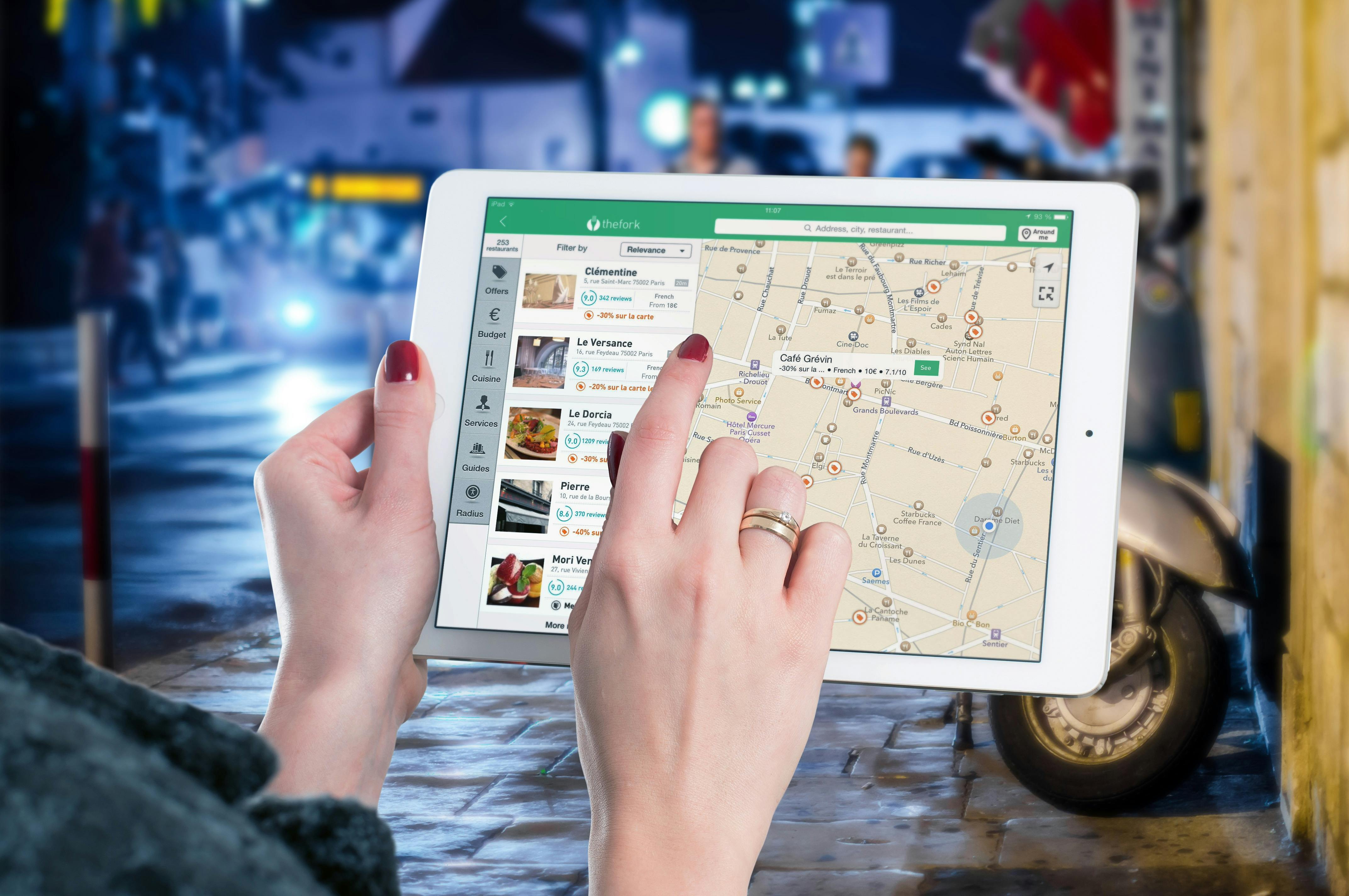Mastering Easy Navigation: A Comprehensive Guide to Test Site Course Navigation
Mastering Easy Navigation: A Comprehensive Guide to Test Site Course Navigation
Understanding the Importance of Easy Navigation
Navigation is an essential aspect of any website, especially when it comes to online courses or e-learning platforms. A well-organized and intuitive navigation system can greatly enhance the user experience and make it easier for learners to find the content they need. In this comprehensive guide, we will explore the key principles of easy navigation and provide practical tips for testing and optimizing your site's course navigation.
Designing Intuitive Menus and Navigation Bars
One of the first steps in creating easy navigation is to design intuitive menus and navigation bars. Start by organizing your course content into logical categories or sections. For example, you may want to divide your content into modules, lessons, or topics. Once you have identified these sections, create a main menu or navigation bar that allows users to quickly access each section. Ensure that the labels for your menu items are clear and descriptive, making it easy for learners to understand what each section entails. Keep the design simple and uncluttered, avoiding too many submenus or hidden options, as it can confuse users and hinder their ability to navigate smoothly.
Testing Navigation for Usability
Testing your site's navigation for usability is crucial to ensure that it meets the needs of your learners. Conducting usability tests can help identify any navigation-related issues or challenges that users may face. During the testing phase, observe how easily users can find specific content or access different sections of the course. Look for any signs of confusion or frustration. You can also ask users to complete specific tasks, such as finding a particular resource or accessing a quiz, to gauge the effectiveness of your navigation system. Based on the feedback and observations from your usability tests, make appropriate adjustments or refinements to improve the overall navigation experience for your learners.
Implementing Responsive Navigation
With the increasing use of mobile devices for online learning, it is essential to implement responsive navigation. Responsive navigation ensures that your course content can be easily accessed and navigated on different screen sizes and devices. Consider using a responsive design framework or CSS media queries to adapt your navigation system to different screen resolutions. Test your navigation across various devices and screen sizes to ensure a seamless experience for learners, regardless of the device they are using. By making your navigation responsive, you can enhance user satisfaction and engagement, leading to better learning outcomes.
Providing Clear Navigation Paths
Another important aspect of easy navigation is providing clear navigation paths. Clearly indicate the path or progress of learners within the course. Use visual indicators, such as progress bars or completion icons, to show their current location and how much they have accomplished. This helps learners track their progress, understand where they are in the course, and easily navigate to the next section or topic. Additionally, include breadcrumb navigation that shows the hierarchical structure of the course, allowing learners to backtrack or jump directly to a specific section if needed. By providing clear navigation paths, you can minimize confusion and keep learners focused on the content rather than struggling to find their way around.
Improving Search and Filtering Options
Lastly, consider incorporating robust search and filtering options into your navigation system. As your course content grows, learners may find it challenging to locate specific resources or topics. A well-implemented search function can save them time and frustration by quickly retrieving relevant content based on their search queries. Additionally, filtering options can allow learners to refine their search based on specific criteria, such as content type, difficulty level, or topic. By improving search and filtering options, you empower learners to find the content they need efficiently, making their learning experience more enjoyable and productive.
Conclusion
Easy navigation is key to creating a positive learning experience for your users. By designing intuitive menus, testing navigation for usability, implementing responsive navigation, providing clear navigation paths, and improving search and filtering options, you can master the art of easy site course navigation. Remember to regularly evaluate and refine your navigation system based on user feedback and analytics to continuously enhance the learning experience for your audience.



